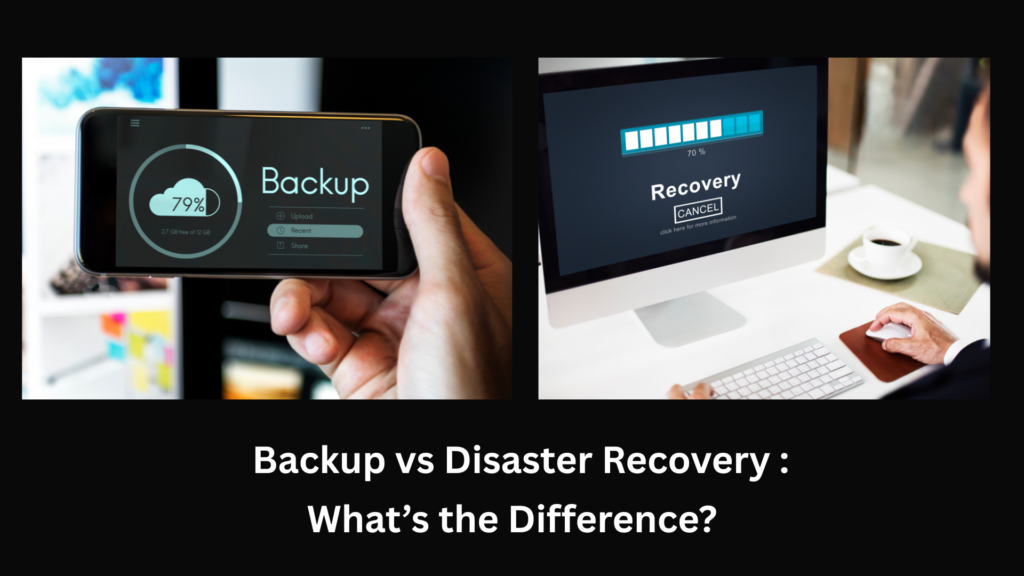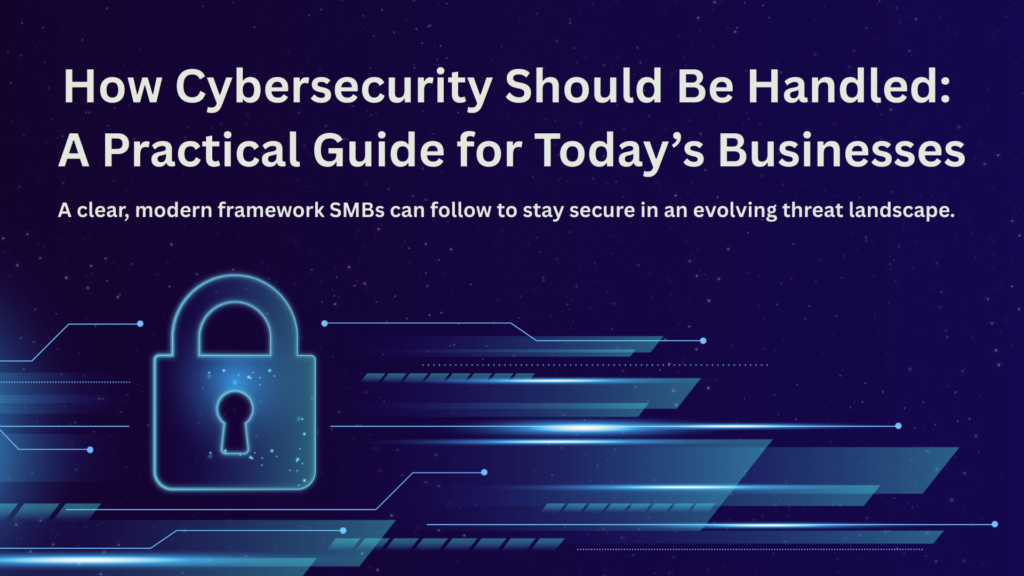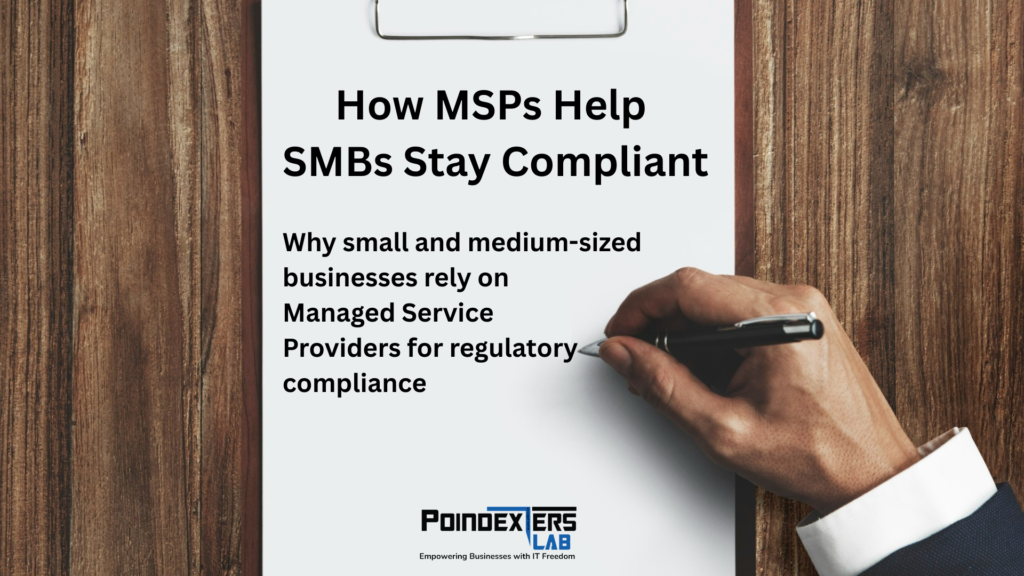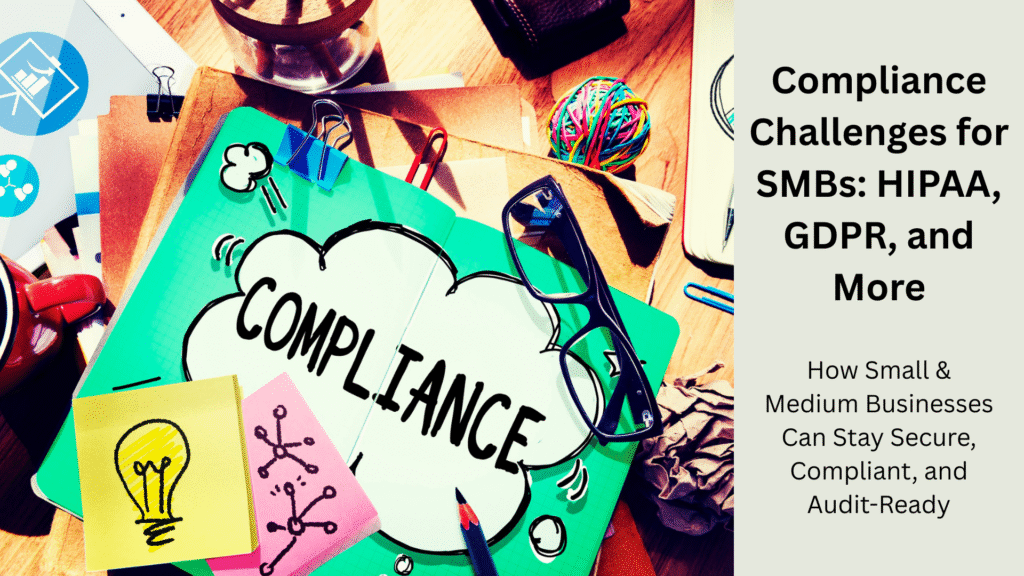Securing Your Kubernetes Cluster: Best Practices for IT Teams
Poindexters Lab
August 19, 2025
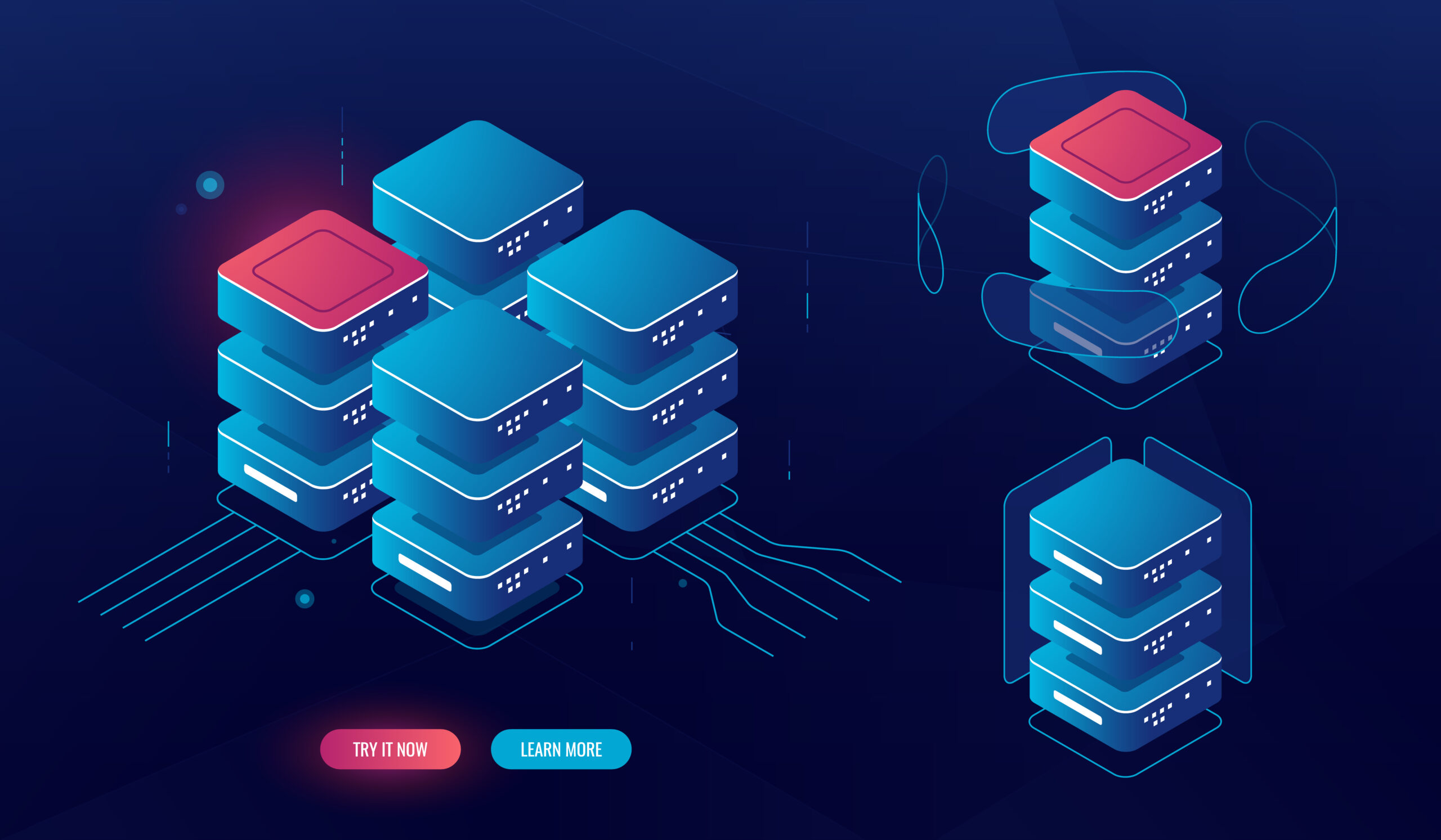
As organizations increasingly adopt Kubernetes to orchestrate containerized applications, securing these clusters has become a top priority for IT teams. Kubernetes offers powerful automation and scalability—but with that power comes complexity and risk. Misconfigurations, excessive privileges, and unsecured endpoints can all leave your environment vulnerable.
At Poindexters Lab Inc., we help businesses deploy and manage Kubernetes securely—whether on-premises, in the cloud, or hybrid. In this blog, we’ll explore key best practices to help your IT team secure your Kubernetes cluster from day one.
🔐 Why Kubernetes Security Matters
Kubernetes abstracts infrastructure complexity, but security still falls on the cluster operator. A single vulnerable Pod or over-permissive role can lead to serious breaches.
As attackers increasingly target DevOps pipelines and orchestration tools, securing your Kubernetes environment is no longer optional—it’s mission-critical.
🧰 Best Practices for Securing Your Kubernetes Cluster
1. Use Role-Based Access Control (RBAC)
RBAC allows fine-grained control over who can do what within the cluster.
✅ Limit access to only what’s necessary
✅ Regularly audit user and service account permissions
✅ Avoid cluster-admin roles unless absolutely needed
2. Enable Network Policies
Kubernetes allows any Pod to talk to any other Pod by default.
🛑 That’s risky.
✅ Use NetworkPolicies to restrict communication between Pods
✅ Segment workloads (frontend/backend/db) for better isolation
3. Enforce Pod Security Standards
Avoid running privileged or root containers.
✅ Use built-in Pod Security Standards (restricted/baseline/privileged)
✅ Scan container images before deploying (with tools like Trivy or Clair)
4. Secure the Kubernetes API Server
The API server is the brain of the cluster—and a prime attack target.
✅ Use TLS encryption and authentication
✅ Restrict public access using firewalls or VPN
✅ Enable audit logging to monitor requests and access
5. Use Secrets Management Properly
Avoid hardcoding secrets in environment variables or YAML files.
✅ Use Kubernetes Secrets with RBAC controls
✅ Consider integrating tools like HashiCorp Vault or AWS Secrets Manager for sensitive data
6. Keep Your Cluster and Dependencies Updated
Outdated clusters and images often contain unpatched vulnerabilities.
✅ Regularly update Kubernetes, nodes, and container images
✅ Subscribe to security advisories for your K8s distribution
7. Monitor and Audit Everything
Security doesn’t stop at deployment.
✅ Use tools like Prometheus, Grafana, Falco, or Kube Audit
✅ Set alerts for suspicious activity (e.g., Pods running as root)
🛡️ Poindexters Lab Inc. — Your Kubernetes Security Partner
Whether you’re managing a small test cluster or a multi-tenant production environment, securing Kubernetes requires strategy, discipline, and experience. At Poindexters Lab Inc., we offer:
Kubernetes security audits & hardening
CI/CD integration with secure workflows
Identity and access control configurations
Cloud-native monitoring and logging
Managed Kubernetes support (AWS EKS, GKE, Azure AKS)
✅ Final Thoughts
Kubernetes makes it easier to scale—but it can just as easily scale your risks if not configured securely. By following these best practices, your IT team can reduce the attack surface and build trust in your infrastructure.
Need help securing your Kubernetes environment?
📞 Poindexters Lab Inc. is here to help. Let’s make your infrastructure secure, stable, and scalable.
Have Any Question?
Secure your digital future—get in touch with us today and move forward with confidence.
- (647) 800 4399
- [email protected]


